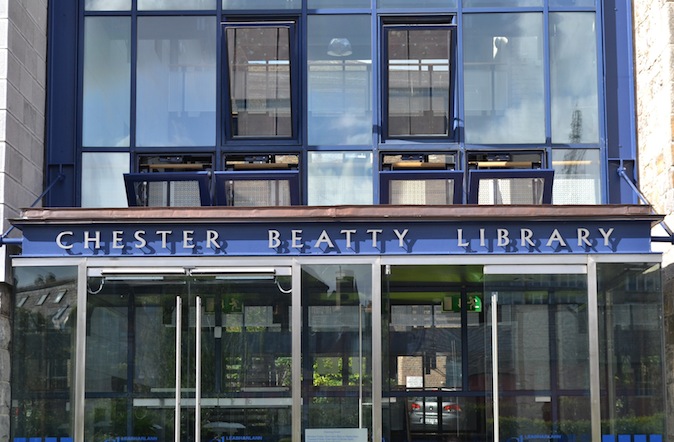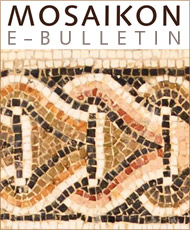Die Website www.theatrum.de ist als Internetprojekt aus den Aktivitäten zur Erforschung des römischen Theaters von Mogontiacum-Mainz hervorgegangen. Ziel ist, in kurzer Form Basisinformationen zu allen bekannten Theatern der griechisch-römischen Antike zusammenzustellen. So soll ein schneller Zugang zu den Fragen hergestellt werden, was über das Aussehen eines Theaters bekannt ist und was dort veranstaltet wurde – jeweils streng orientiert an der historischen und archäologischen Überlieferung jedes einzelnen Baues.
Die antiken Theater waren öffentliche Räume, die bei den großen Feierlichkeiten ihrer Gemeinden im Blickpunkt der gesamten Gesellschaft standen. Hier fanden im fest gefügten Ablauf sakraler Feste nach Opfern und Prozessionen für die Götter oder den Herrscher Bühnenaufführungen unterschiedlicher Art statt. Wer als Mitglied der Gesellschaft diesen Feiern beiwohnte, nahm auch an den Bühnenaufführungen teil und so erklärt sich die nach heutigen Maßstäben enorme Zuschauerkapazität der Theaterbauten. Die mit dem griechischen Wort Euergetismus bezeichnete Wohltätigkeit führender Gesellschaftsmitglieder ermöglichte erst den Bau solch komplexer Anlagen. Als Gegenleistung für diese als Verpflichtung empfundene Großzügigkeit gewährte die Gemeinde dem Spender Ehrenstandbilder im Theater und verewigte ihn bis auf unsere Tage für die Nachwelt. Hiermit ging die Verehrung von Göttern und Herrschern einher, die in jedem Theater ihren Ausdruck in Form einer statuarischen Ausstattung fand.
Die großen, weithin bekannten Spiele wurden von professionell ausgebildeten Akteuren besucht, deren Erfolge in den Agonen vor allem des griechischen Ostens auf zahlreichen Inschriften aufgelistet wurden. Vielfach machten Münzprägungen Namen und Preise von Spielen im ganzen Reich bekannt. Halten griechische Inschriften den Ablauf von Feiern penibel fest, so teilen uns die lateinischen Inschriften des Westens genau mit, wie viel Geld Spiele (ludi scaenici) oder Baumaßnahmen kosteten und wer diese bezahlte. Unterschiede und Gemeinsamkeiten des Theaterwesens im griechischen Osten und dem lateinischen Westen werden deutlich, ebenso wie regionale Besonderheiten etwa der gallo-römischen Theater oder der orientalischen Kult-Theater.
All diese Informationsstränge werden unter den Kategorien
Maße,
Bau-Inschriften,
Inschriften des Theaters,
Schriftquellen,
Beschreibung,
Ausstattung,
Literatur und
Veranstaltungen
in einer Weise festgehalten, dass sie sowohl für den Wissenschaftler als auch für den interessierten Laien von Interesse sind. Daher werden viele antike Texte in deutscher Übersetzung geboten.
Die vollständige Komplexität eines Theaterbaues vor Augen zu führen ist ein anspruchsvolles Ziel, das die Autoren dieser Seiten aus Gründen des Arbeitsaufwandes nicht vollständig einlösen können. Dies mag bereits der unterschiedliche Bearbeitungsstand der verschiedenen Theaterbauten deutlich machen, ist aber auch dadurch evident, dass sich gewöhnlich Wissenschaftler unterschiedlicher Disziplinen mit dieser Thematik auseinandersetzen: Klassische Philologen, Althistoriker, Epigraphiker, Numismatiker, Archäologen, Bauforscher und Theaterwissenschaftler. Daher soll diese Seite als Plattform verstanden werden, die nach und nach ausgebaut, verbessert und wenn nötig berichtigt werden soll. Beiträge auswärtiger Autoren sind hierfür ausdrücklich willkommen und wir hoffen, diese Website als lebendiges Forum gestalten zu können: Sei es die Übersetzung einer Inschrift, eines antiken Autors, eine verbesserte Baubeschreibung, ein Artikel zu einer Veranstaltung oder einem weiteren speziellen Problem und schließlich auch die Überlassung geeigneter Photographien: Treten Sie mit uns über das Kontaktformular in Verbindung.
Dr. Gerd Rupprecht Dr. Hubertus Mikler Dr. Rüdiger Gogräfe























